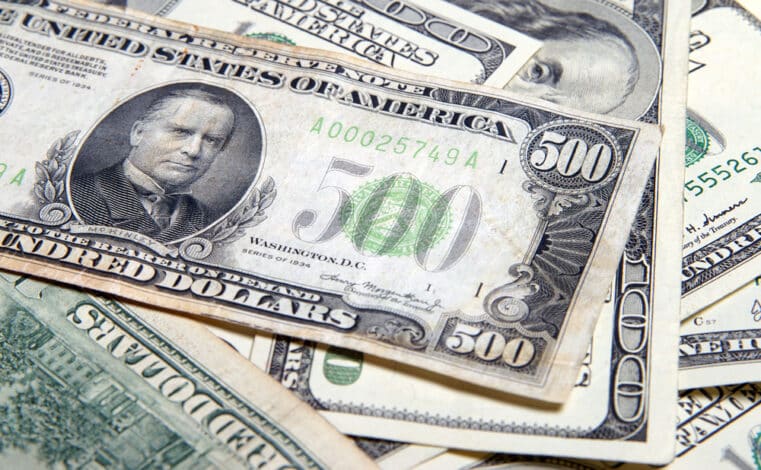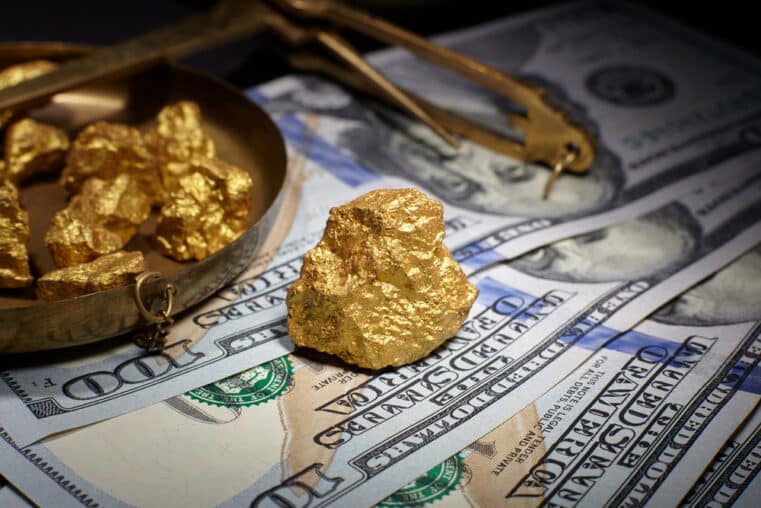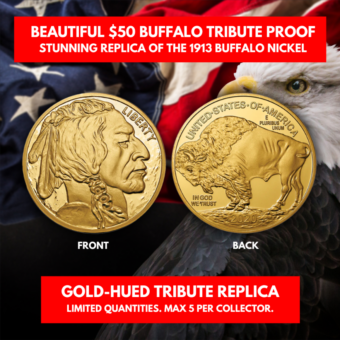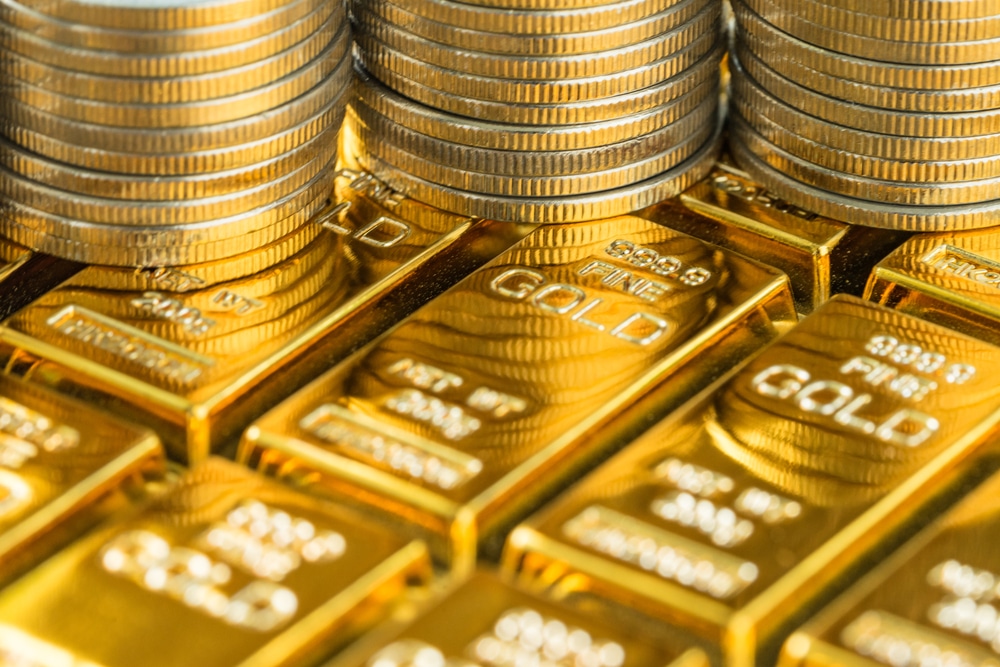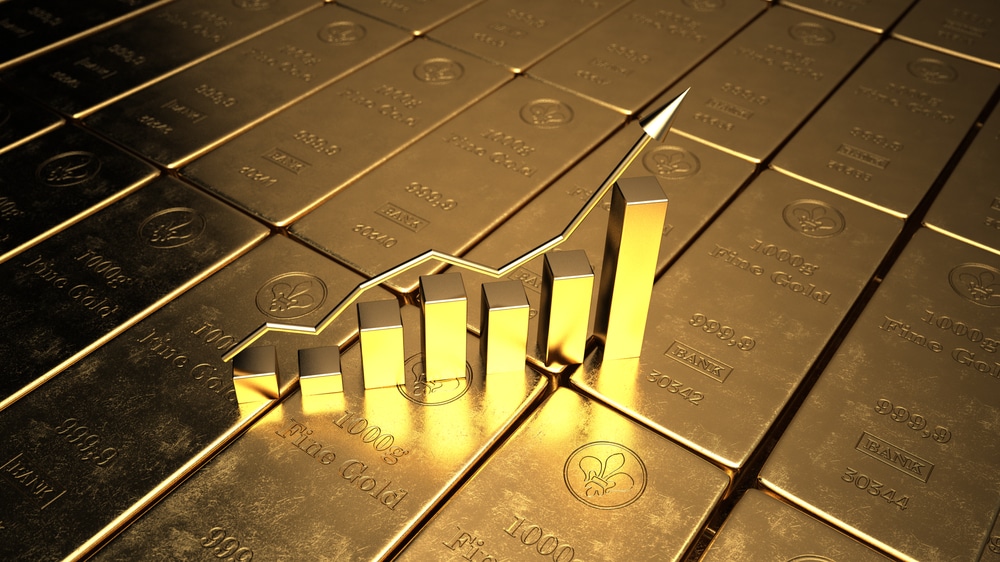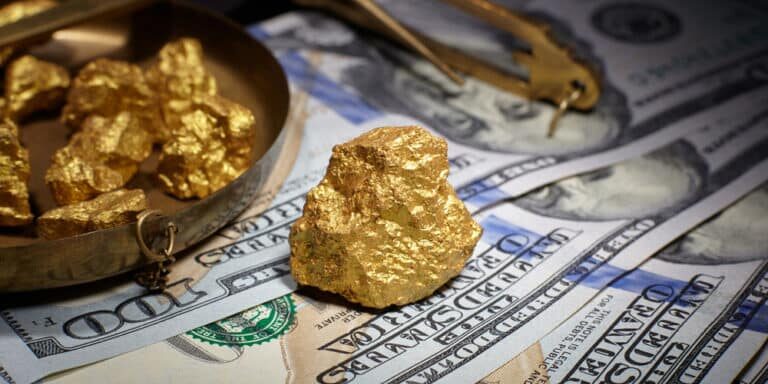
The Fed’s Quiet Gold Trick Won’t Save Us – Here’s Why
Folks, I grew up in a neighborhood where if you couldn’t make rent, you didn’t go digging around in your attic looking for forgotten cash — you found a way to earn more or cut expenses. But central banks? They’ve got a different playbook.
The latest bright idea floating around Washington and Brussels is this: take the gold reserves they already own, pretend they’re worth more on paper (which they are), and then use that imaginary “profit” to plug budget holes.
Sounds clever, right? Well, a Federal Reserve economist named Colin Weiss just dug into the history of this stunt — and it’s not exactly a miracle cure.
The Big Gold Math
Here’s the pitch for the U.S.: We’ve got 261.5 million troy ounces of gold sitting in vaults, officially valued at $42.22 per ounce — a number that hasn’t budged since the Nixon era. But the real market price is around $3,300. Revalue it at today’s price, and suddenly, on paper, the government’s sitting on trillions in “new” value.
Problem is… it’s monopoly money unless you spend it. And once you do, that’s it. No more magic trick next year.
Who’s Tried This Before?
Weiss looked at five countries that pulled this move in the past 30 years: Germany, Italy, Lebanon, Curaçao & Saint Martin, and South Africa.
- Central banks used the revaluations to cover losses and avoid showing red ink (Italy and Curaçao).
- Governments used them to pay down debt (Germany, Lebanon, South Africa).
The results? Mostly short-term relief, followed by the same financial headaches. Lebanon’s debt-to-GDP ratio kept climbing even after they used gold gains to pay off some bonds. Germany revalued gold in the late 90s but didn’t actually need the money in the end.
Why It’s a Band-Aid on a Bullet Wound
Even if the U.S. went all-in and revalued its gold reserves to market prices, it would only amount to about 3% of GDP. That’s like using a thimble to bail out the Titanic.
And remember, these reserves are the financial equivalent of your emergency stash in the basement. Spend it now, and it’s gone for good. Plus, it doesn’t fix the deeper disease: overspending, exploding interest costs, and a currency that’s losing its backbone.
The Real Lesson
Gold revaluation isn’t about fixing economies — it’s about buying time and masking problems. It’s a political trick, not an economic strategy. The only reason gold has such “hidden value” is because central banks bought it decades ago at a fraction of today’s price. If they had to buy it now? Forget it.
I’ll tell you this: if the Fed is even whispering about revaluation, it’s because they know the fiscal pressure is real — and getting worse.
Which brings us to you and me. You can’t run your life like a government, printing money or “revaluing” assets to hide a hole in your finances. The smart move is to own the real thing yourself — physical gold and silver you control, outside of the banking system, before the next monetary sleight of hand wipes more value from your savings.
Bottom line: Washington might try this gold revaluation trick, but it won’t save them — and it sure won’t save the dollar. The writing’s on the wall: protect yourself now.
Download Bill Brocius’ free eBook, Seven Steps to Protect Yourself from Bank Failure, and get practical strategies for safeguarding your wealth. Click here to download now.
Subscribe to Dedollarize News for ongoing updates on gold, silver, and how to stay one step ahead of the financial system. Join here.



